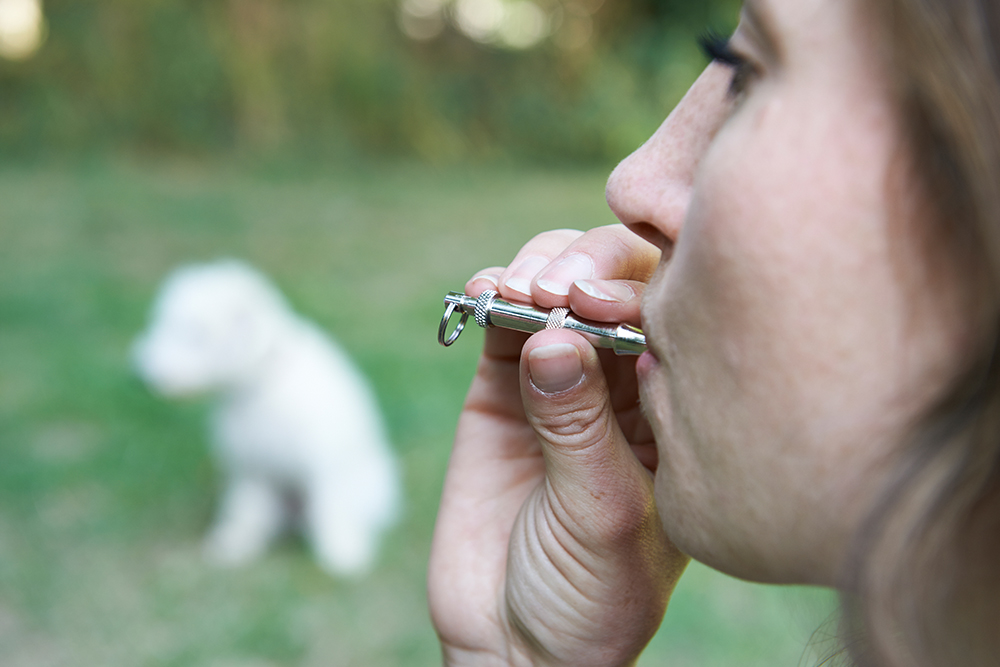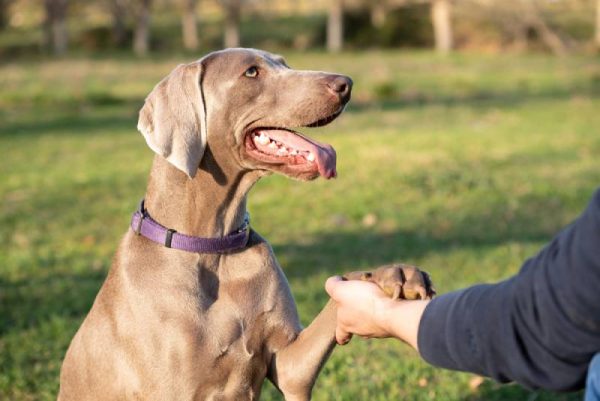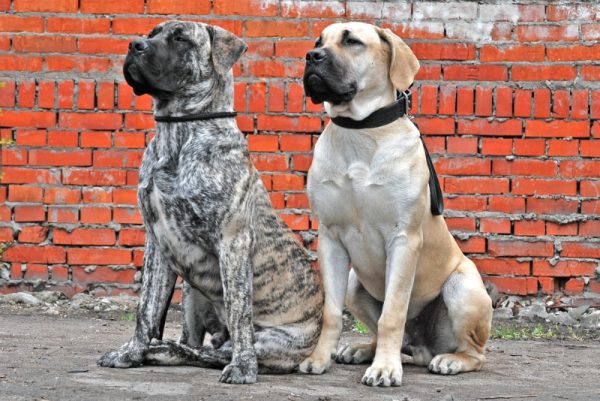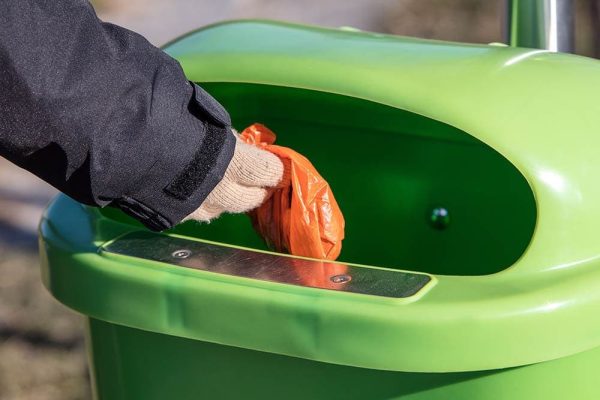In this article
View 5 More +Whistles have been used as a dog training tool for generations. You’ve probably seen dog whistles in pet stores or even witnessed someone using one at a dog park. But if you’ve wondered how they work and what their benefits and limitations are, you’ve come to the right place. Read on to learn all you need to know about dog whistles to determine if they’ll be a useful training tool for your pet.

How Do Dog Whistles Work?
Dog whistles emit high-pitched frequencies that a dog’s sensitive ears can easily pick up on. Though every dog has a different hearing range, the average dog can hear between 65 and 45,000 Hz, while most middle-aged adults can hear only in the range of 20 to 20,000 Hz. Dog whistles produce sounds at a frequency humans can’t hear, but dogs can, typically around 35,000 Hz.
Dog whistles work similarly to other training tools and methods in that pups are trained to respond in a specific fashion to the whistle. They have a distinct sound, making them particularly useful for training working dogs. As with other training methodologies, whistle training is useless without association. Blowing the whistle without training your dog to perform the action you want them to will not magically result in the behavior you’re trying to train.
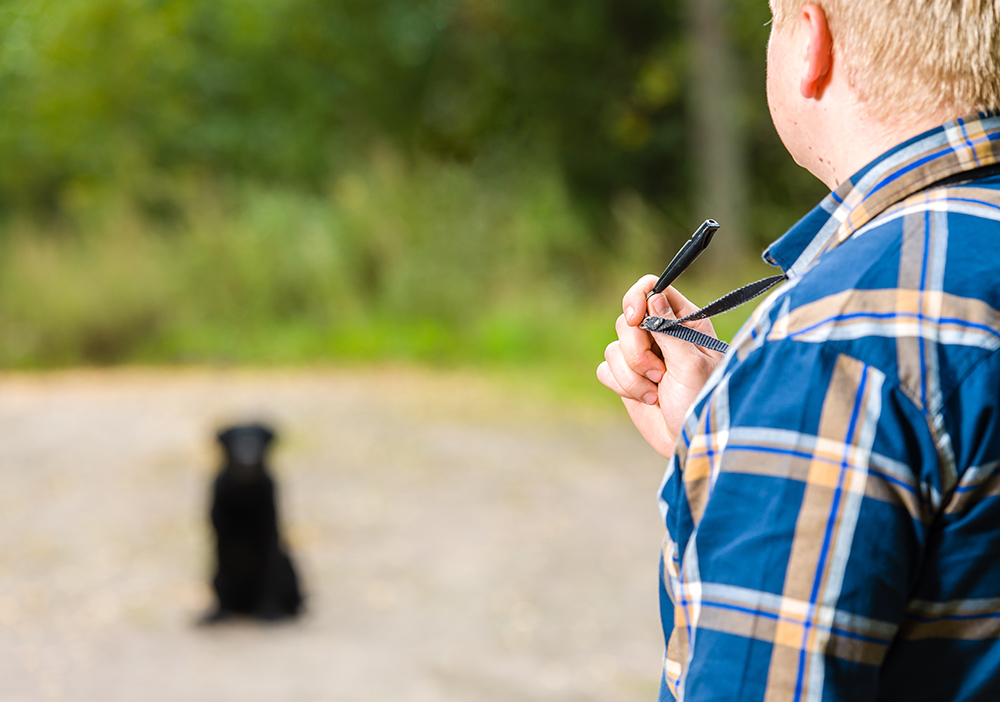

What Are the Different Types of Dog Whistles?
There are two types of dog whistles—audible or silent—and they’re both useful in different settings.
Audible Whistles
Audible whistles are exactly what they sound like: a type of whistle that produces an audible sound. They’re like the kinds you see at sporting events and are actually the ones used during herding dog competitions and events.
Silent Whistles
Silent whistles are a bit misleading in their title as they’re not actually silent for everyone. This type is sometimes also known as the Galton’s whistle after the inventor. They emit sounds in the ultrasonic range so only certain animals can hear them. Silent whistles can be heard by humans, too, but they emit a very quiet hissing noise that’s not quite as deafening as the audible type. Most dog parents prefer this type of whistle as there’s less noise interference for the other people in your area. These whistles produce sounds that travel further than your voice can, so they’re able to reach dogs at farther distances.
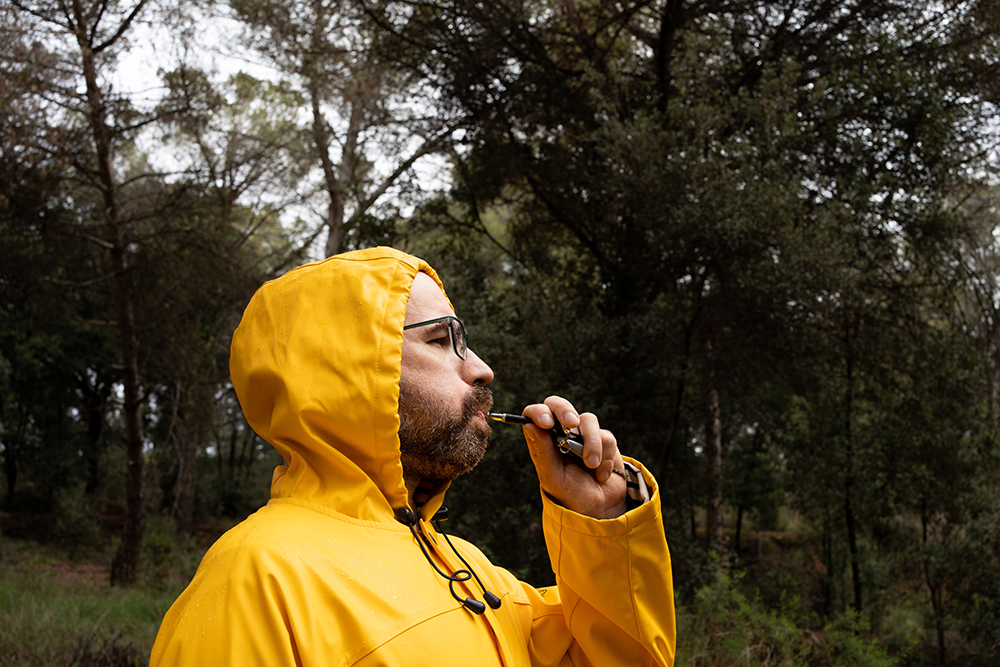

Where Is It Used?
The dog whistle’s most useful purpose is for training. The whistle sounds are more distinct and discrete than human voices, making the “command” the same every time, and easier for the dog to understand. It also saves people from shouting at their dogs from a distance.
Advantages of Dog Whistles
There are many benefits to using a dog whistle.
- The sounds from a whistle are more likely to cut through noises produced by wind and weather and the hubbub of urban life than if you used your voice alone. This can make your dog more likely to pay attention to what you’re trying to tell them.
- Dogs can hear whistle frequencies over longer distances than they’d be able to hear even the loudest human voice.
- Training with whistles removes the emotional factor that is common when we train with voice commands. Your whistle will sound the same regardless of your mood, pitch, tone, or evidence.
- The high-frequency sounds emitted by whistles are less likely to scare wildlife than your voice would be.
- Dogs with hearing loss may also respond to whistle training as you may be able to adjust the frequency to one that’s within a range your pup can still hear.
Disadvantages of Dog Whistles
While dog whistles are powerful training tools, they do have a few disadvantages.
- Adjustable silent dog whistles sometimes need to be adjusted to the optimal frequency for your dog. It can take some tweaking to find the sweet spot that works right for your pup, and if you have multiple dogs, you may need more than one whistle to get their attention.
- Dog owners need to remember that the “silent” in “silent whistle” is a bit of a misnomer. The sound can be very annoying for dogs and even harmful if you blow it too close to their ears or with too much force.
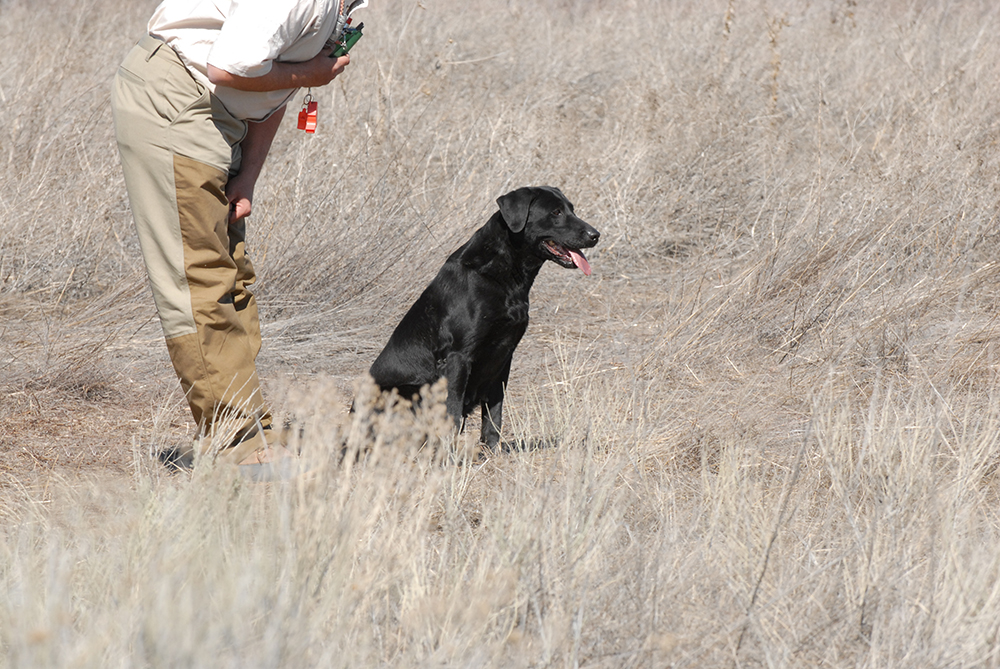

Frequently Asked Questions (FAQ)
How do I find the right frequency for my dog?
The easiest way to find the perfect silent whistle frequency for your pup is to use the “wake-up” test. Blow the whistle when your dog is asleep. Slowly begin adjusting the frequency until the sound awakens your dog.
You can also find the appropriate frequency while your dog is awake using the same method. Adjust it very slowly until you find the sweet spot that causes your pup’s ears to twitch.
Will a dog whistle prevent my dog from barking?
This is a myth. The available research doesn’t suggest that whistles can terminate inappropriate behaviors like problem barking or fighting. However, the exception to this rule is if your dog has come to associate the frequencies emitted by the whistle with rewards or punishment.
In some cases, using the whistle to prevent problematic behaviors backfires on the owner as the sound produced can be irritating and may provoke the dog to act out.
Do whistles hurt dogs’ ears?
Used appropriately, the sound of a dog whistle will not harm your dog’s ears. Ensure you’ve read the manufacturer information and manual carefully before beginning whistle training.

Conclusion
Dog whistles can be very useful training tools, provided they’re used correctly. However, they only provide a consistent “command” that your dog needs to be trained to respond to. With correct training, on the whole, whistles are effective.
As with other training methodologies, you cannot expect your dog to understand what you’re trying to teach them without creating the necessary association with the whistle noise. Whistles are not magic tools or instant fixes.
Whistle training does take some time and patience, but the result will be more than worth the effort.
Featured Image Credit: SpeedKingz, Shutterstock
